Joachim Frank0195182189, 9780195182187, 0195150961, 9780195150964, 9781429415217
Table of contents :
Contents……Page 11
1.1 General Remarks……Page 19
1.2 Three-Dimensional Electron Microscopy……Page 20
2 Single-Particle Versus Crystallographic Analysis……Page 23
3 Crystallography without Crystals……Page 25
4 Toward a Unified Approach to Structural Analysis of Macromolecules……Page 27
5 Single-Particle Reconstruction, Macromolecular Machines, and Structural Proteomics……Page 28
6 The Electron Microscope and the Computer……Page 30
1 Principle of the Transmission Electron Microscope……Page 33
2.1 Introduction……Page 37
2.2 Negative Staining……Page 38
2.3 Glucose Embedment……Page 45
2.5 Ice-Embedded Specimens……Page 46
2.6 Hybrid Techniques: Cryo-Negative Staining……Page 49
2.8 Support Grids……Page 51
3.1 Introduction……Page 52
3.2 The Weak-Phase Object Approximation……Page 53
3.3 The Contrast Transfer Theory……Page 57
3.4 Amplitude Contrast……Page 65
3.5 Formulation of Bright-Field Image Formation Using Complex Atomic Scattering Amplitudes……Page 67
3.6 Optical and Computational Diffraction Analysis—The Power Spectrum……Page 68
3.7 Determination of the Contrast Transfer Function……Page 71
3.8 Instrumental Correction of the Contrast Transfer Function……Page 75
3.9 Computational Correction of the Contrast Transfer Function……Page 76
3.10 Locally Varying CTF and Image Quality……Page 80
4.1 Low-Dose Electron Microscopy……Page 82
4.2 Spot Scanning……Page 84
4.3 Energy Filtration……Page 85
4.4 Direct Image Readout and Automated Data Collection……Page 86
CHAPTER 3 Two-Dimensional Averaging Techniques……Page 89
1.1 The Different Sources and Types of Noise……Page 90
1.2 Principle of Averaging: Historical Notes……Page 92
1.3 Equivalence between Averaging and Quasi-Optical Fourier Filtration……Page 93
1.5 The Role of Two-Dimensional Averaging in the Three-Dimensional Analysis of Single Molecules……Page 96
1.6 Origins of Orientational Preferences……Page 97
2.1 Hardware for Digitization……Page 101
2.2 The Sampling Theorem……Page 102
2.3 Interactive Particle Selection……Page 104
2.4 Automated Particle Selection……Page 105
3.1 Quantitative Definitions of Alignment……Page 109
3.2 Homogeneous Versus Heterogeneous Image Sets……Page 110
3.3 Translational and Rotational Cross-Correlation……Page 112
3.4 Reference-Based Alignment Techniques……Page 118
3.5 Reference-Free Alignment Techniques……Page 127
4.1 The Statistics of Averaging……Page 133
4.2 The Variance Map and the Analysis of Statistical Significance……Page 135
4.3 Signal-to-Noise Ratio……Page 139
5.1 The Concept of Resolution……Page 142
5.2 Resolution Criteria……Page 144
5.3 Resolution and Cross-Resolution……Page 155
5.4 Resolution-Limiting Factors……Page 156
5.5 Statistical Requirements following the Physics of Scattering……Page 157
5.6 Noise Filtering……Page 158
6 Validation of the Average Image……Page 160
1 Introduction……Page 163
1.1 Heterogeneity of Image Sets……Page 164
1.2 Images as a Set of Multivariate Data……Page 165
1.3 The Principle of Making Patterns Emerge from Data……Page 166
1.4 Multivariate Data Analysis: Principal Component Analysis Versus Correspondence Analysis……Page 167
2 Theory of Correspondence Analysis……Page 171
2.1 Analysis of Image Vectors in R[sup(J)]……Page 172
2.2 Analysis of Pixel Vectors in R[sup(N)]……Page 173
2.3 Factorial Coordinates and Factor Maps……Page 174
2.4 Reconstitution……Page 175
2.6 Significance Test……Page 179
3.2 Definition of the Image Region to Be Analyzed……Page 180
3.3 Eigenvalue Histogram and Factor Map……Page 184
3.4 Case Study: Ribosome Images……Page 187
3.5 Use of Explanatory Tools……Page 190
4.1 Background……Page 194
4.2 Overview over Different Approaches and Goals of Classification……Page 195
4.3 K-Means Clustering……Page 196
4.4 Hierarchical Ascendant Classification……Page 198
4.5 Hybrid Clustering Techniques……Page 200
4.6 Inventories……Page 202
4.8 Nonlinear Mapping……Page 203
4.9 Self-Organized Maps……Page 204
4.10 Supervised Classification: Use of Templates……Page 206
4.11 Inference from Two to Three Dimensions……Page 207
1 Introduction……Page 211
2.1 The Projection Theorem and Radon’s Theorem……Page 212
2.2 Object Boundedness, Shape Transform, and Resolution……Page 214
2.3 Definition of Eulerian Angles, and Special Projection Geometries: Single-Axis and Conical Tilting……Page 216
3.1 Introduction……Page 219
3.2 Cylindrically Averaged Reconstruction……Page 220
3.3 Compatibility of Projections……Page 223
3.4 Relating Projections to One Another Using Common Lines……Page 224
3.5 The Random-Conical Data Collection Method……Page 228
3.6 Comparison of Common Lines Versus Random-Conical Methods……Page 230
4.1 Preliminaries……Page 231
4.2 Weighted Back-Projection……Page 232
4.3 Fourier Reconstruction Methods……Page 237
4.4 Iterative Algebraic Reconstruction Methods……Page 239
5.2 Optical Diffraction Screening……Page 240
5.3 Interactive Tilted/Untilted Particle Selection……Page 243
5.4 Optical Density Scaling……Page 244
5.5 Processing of Untitled-Particle Images……Page 245
5.6 Processing of Tilted-Particle Images……Page 246
5.7 Carrying Out the Reconstruction……Page 249
7.1 Introduction……Page 250
7.2 Three-Dimensional Projection Matching……Page 254
7.3 Numerical Aspects……Page 258
7.4 Three-Dimensional Radon Transform Method……Page 260
7.5 The Size of Angular Deviations……Page 261
7.6 Model Dependence of the Reconstruction……Page 264
8.1 Theoretical Resolution of the 3D Reconstruction……Page 265
8.2 Practically Achieved Resolution……Page 266
8.3 Cross-Validation Using Excision of Fourier Data from the 3D Reference……Page 271
9.2 Contrast Transfer Function Correction……Page 273
9.3 Fourier Amplitude Correction……Page 277
10.1 Introduction……Page 279
10.2 Theory of Projection onto Convex Sets……Page 280
10.3 Projection onto Convex Sets in Practice……Page 282
11.2 Separating Ligand-Bound from Ligand-Free Complexes……Page 284
11.3 Separating Populations with Different Conformations……Page 285
12.1 The Rationale for Merging……Page 288
12.2 Negatively Stained Specimens: Complications due to Preparation-Induced Deformations……Page 289
12.3 Alignment of Volumes……Page 290
12.4 Merging of Reconstructions through Merging of Projection Sets into a Common Coordinate Frame……Page 293
12.5 Classification of 3D Volumes……Page 294
1 Introduction……Page 295
2.1 Introduction……Page 297
2.2 Three-Dimensional Variance Estimation from Projections……Page 298
2.3 Use of the 3D Variance Estimate to Ascertain the Statistical Significance……Page 302
3.2 Reconstructions from the Same Data Set with Different Algorithms……Page 304
3.3 Consistency with X-Ray Structures……Page 305
3.4 Concluding Remarks……Page 309
4 Visualization and Rendering……Page 311
4.1 Surface Rendering……Page 312
4.2 Definition of Boundaries……Page 314
4.3 Volume Rendering……Page 315
5 Segmentation of Volumes……Page 316
5.2 Segmentation Based on Density Alone……Page 317
5.3 Knowledge-Based Segmentation, and Identification of Regions……Page 321
6 Methods for Docking and Fitting……Page 326
6.1 Manual Fitting……Page 327
6.2 Quantitative Fitting……Page 329
7 Classification of Volumes……Page 334
Appendix 1 Some Important Definitions and Theorems……Page 337
Appendix 2 Profiles, Point-Spread Functions, and Effects of Commonly Used Low-Pass Filters……Page 345
Appendix 3 Bibliography of Methods……Page 349
Appendix 4 Bibliography of Structures……Page 355
Appendix 5 Special Journal Issues on Image Processing Techniques……Page 361
References……Page 363
A……Page 417
C……Page 418
E……Page 420
H……Page 421
M……Page 422
P……Page 423
R……Page 424
S……Page 426
V……Page 427
Z……Page 428
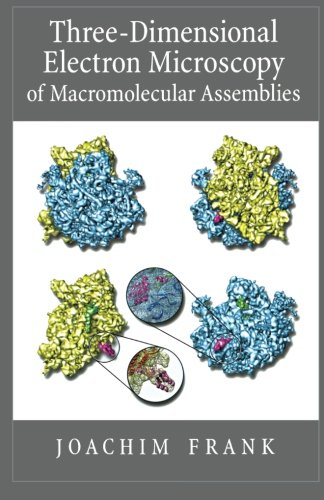

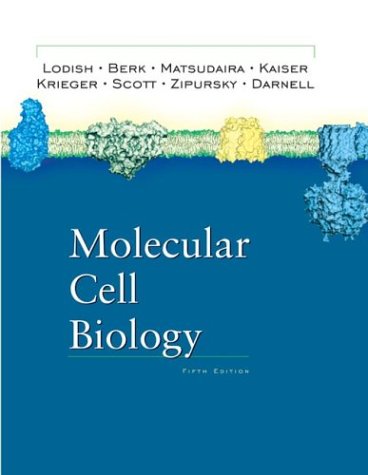
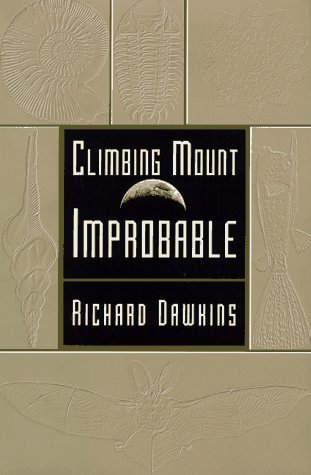
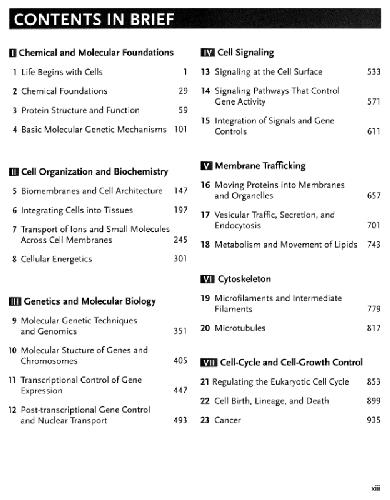
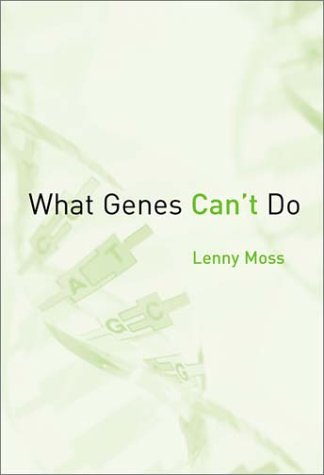

Reviews
There are no reviews yet.